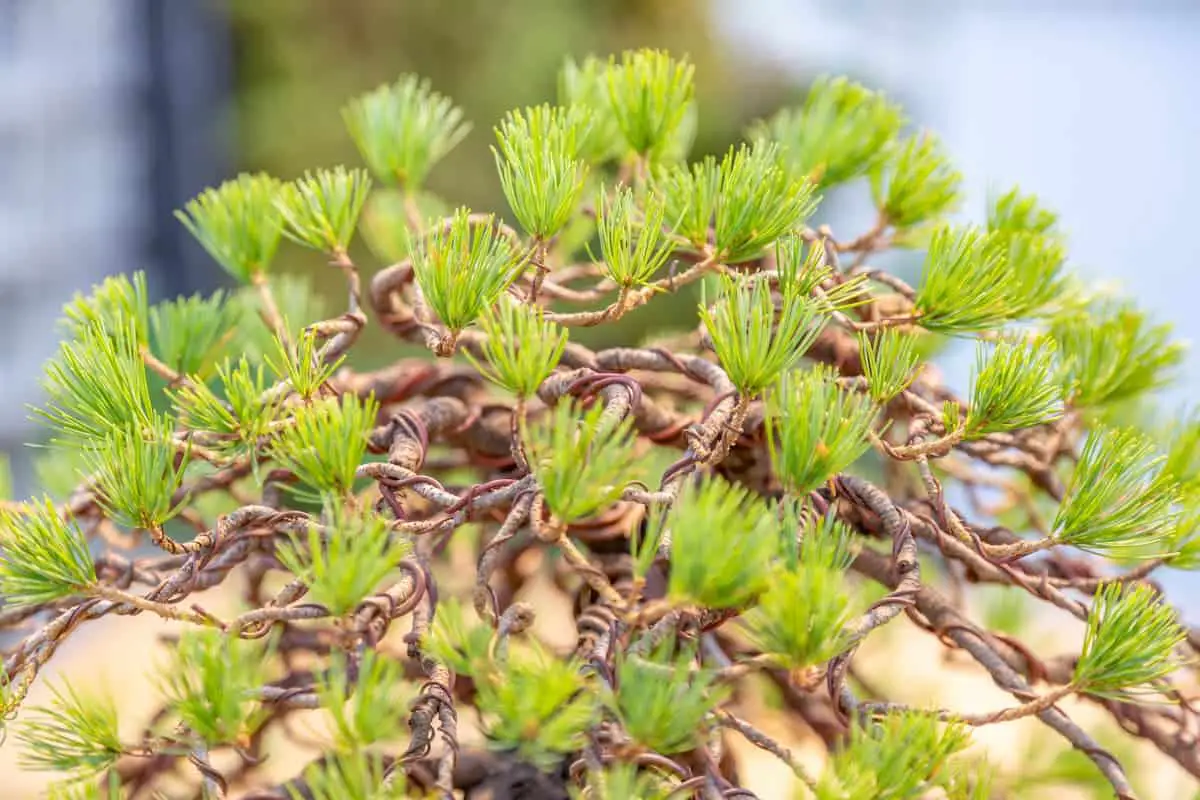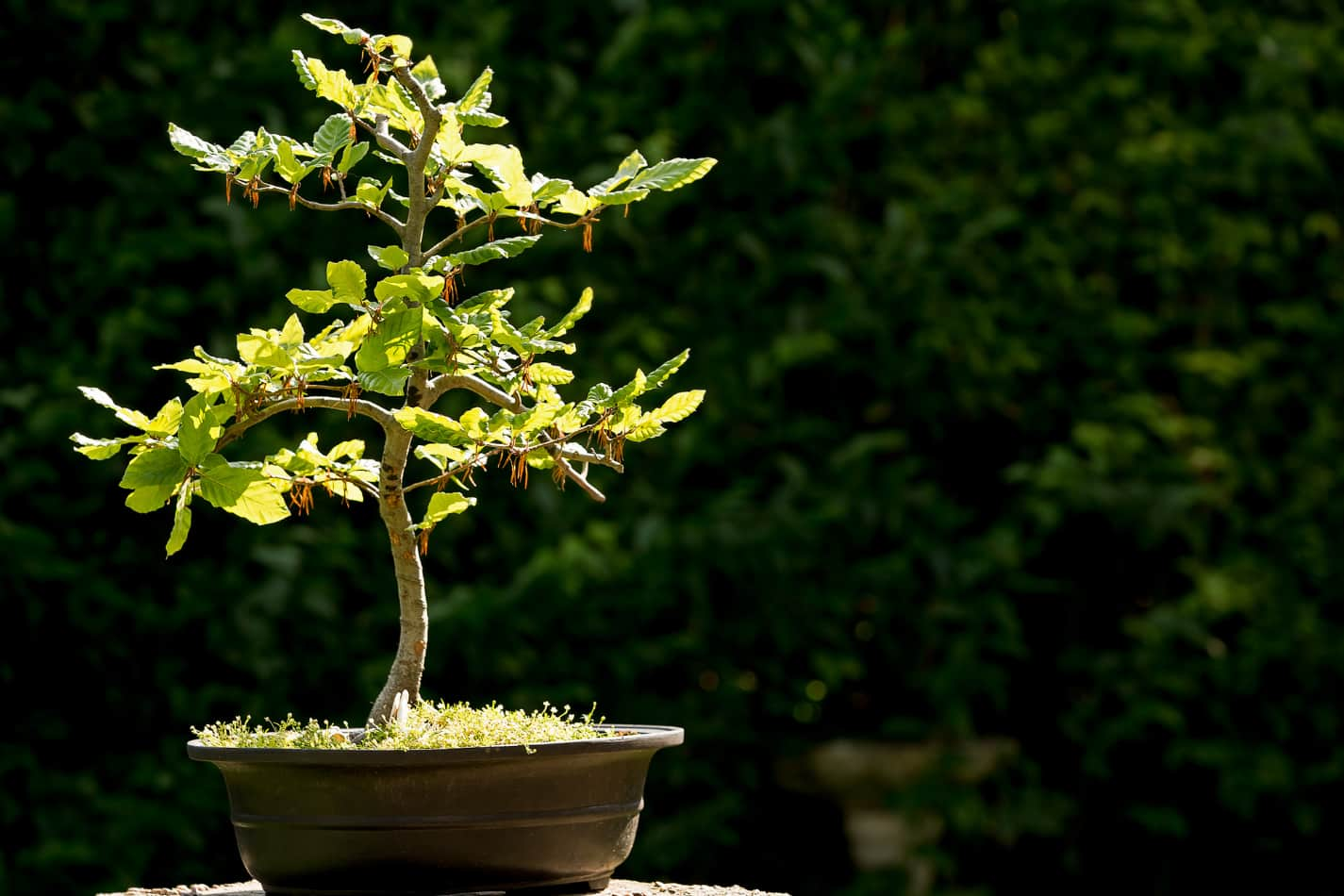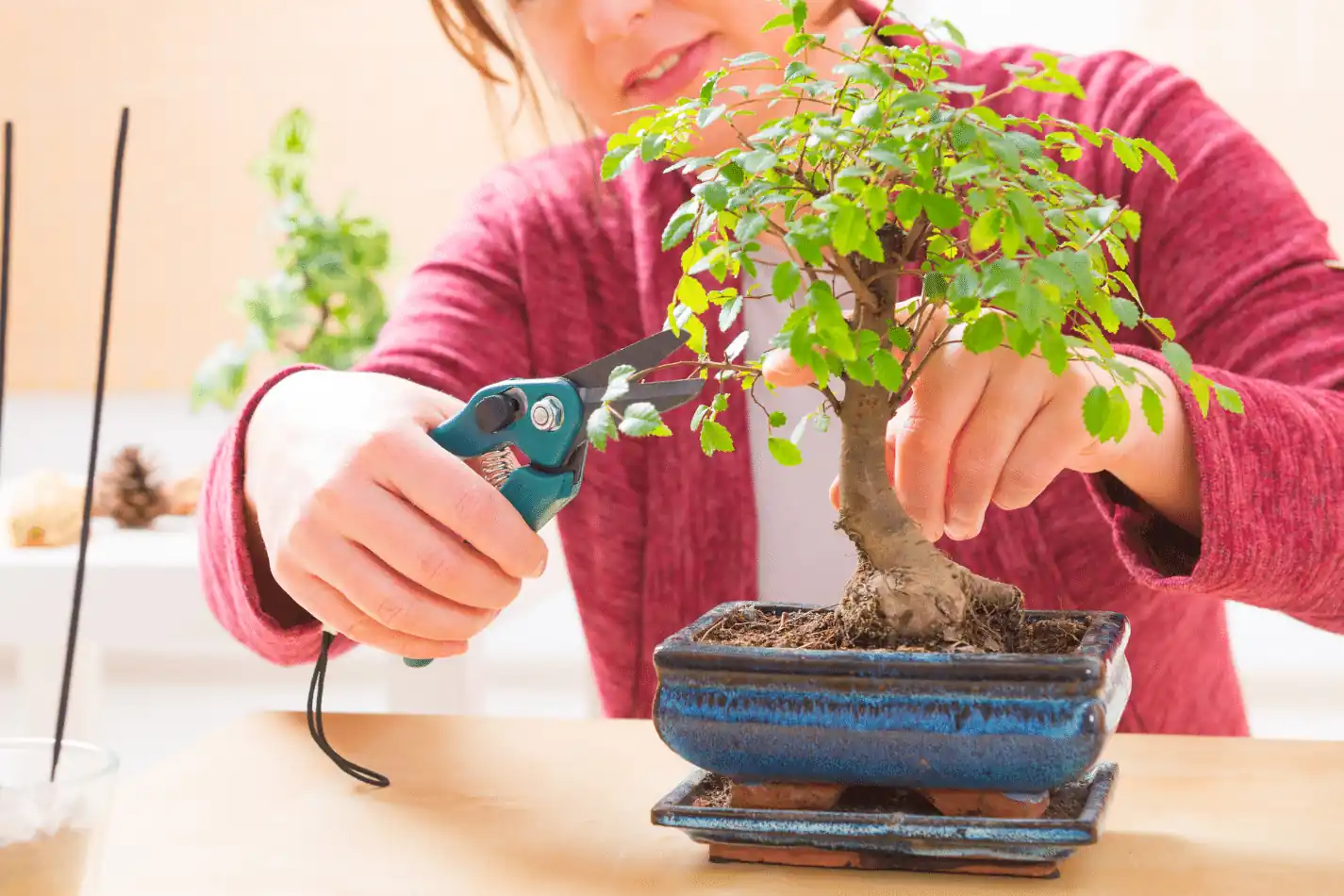If you’ve ever marveled at the ancient bonsai in Japan’s Imperial Palace, which has been meticulously cared for over centuries, you might find yourself drawn to the art of bonsai training.
You’re likely wondering when the right time is to start shaping your own miniature masterpiece. While it’s tempting to jump in as soon as you get your bonsai, understanding the age and development stage of your tree is crucial.
Young trees have their advantages, but they also require patience and precise timing to ensure their health and aesthetic appeal. Discovering the optimal moment to begin can make all the difference in nurturing a bonsai that could potentially outlive you.
Let’s explore how to gauge this pivotal starting point, ensuring your bonsai journey is both rewarding and successful.

Key Takeaways
- Bonsai training typically begins at age 3, when young trees are more adaptable to shaping.
- Readiness for bonsai training is indicated by trunk thickness and developed root systems.
- Early spring and late winter are the best seasons to start training bonsai.
- Early training establishes a strong structure, promoting healthy growth and resilience.
Understanding Bonsai Basics
Before diving into the art of bonsai training, it’s essential to grasp the fundamental aspects that underpin this intricate and rewarding practice.
Bonsai training ignites when your young trees reach the tender age of three, a period ripe with potential for shaping their future. At this juncture, their trunks possess a flexibility that welcomes the artful application of shaping techniques, such as wiring and pruning, with open arms.
Observing the trunk thickness and root development offers you a clear signal; it’s time to embark on this transformative journey.
With patience and a keen eye, you’ll guide these younglings through their formative years, sculpting not just a tree, but a living testament to the harmonious balance between freedom and restraint.
Choosing Your Bonsai Specimen
Selecting the right bonsai specimen is a critical step, requiring you to carefully assess its age, trunk development, and root system for a successful training journey.
Opt for a younger tree, as their flexibility allows for more creative shaping. However, don’t overlook the importance of a well-developed trunk; it’s the backbone of your bonsai, providing stability and bearing the weight of your artistic vision.
Dive into the roots, ensuring they’re robust and ready to support the tree’s growth and training. Evaluate the tree’s overall health and its resilience to environmental shifts. A specimen that’s had slowed growth spurts hints at readiness for training, offering you a canvas ripe for shaping.
Your patience and attention to these details will set the foundation for a thriving bonsai.
Optimal Seasons for Training
As you embark on the journey of training your bonsai, understanding the optimal seasons is key to harnessing its natural vigor. Early spring or late winter marks the perfect time to start, as your tree awakens with a burst of energy, ready for shaping and wiring.
Embracing this cycle with patience and care ensures your bonsai thrives, reflecting the beauty and resilience inherent in its form.
Ideal Training Seasons
Embarking on the bonsai training journey during spring or early summer capitalizes on the tree’s natural growth spurts and enhances its ability to heal and shape with grace. This period, filled with the promise of new growth, offers you the freedom to guide your bonsai’s development with precision.
Early spring beckons with the start of new life, making it an opportune time for maintenance pruning and encouraging the development of new branches. As late autumn approaches, the tree prepares for dormancy, allowing you to make final adjustments.
This season’s gentle pace permits thoughtful reflection on your bonsai’s journey, ensuring your interventions harmonize with its lifecycle.
Avoid the harsh extremes of summer heat and winter chill, respecting your bonsai’s natural rhythms for a flourishing partnership.
Seasonal Care Tips
Understanding the ideal training seasons is just the beginning; now, let’s explore how to care for your bonsai across these pivotal months to ensure its health and beauty.
Spring and early summer beckon with a promise of vigorous growth, making them perfect for training your Bonsai Tree. Embrace this time for pruning and shaping, guided by the tree’s enthusiastic response.
As fall approaches, gently prepare your bonsai for dormancy; this foresight promotes resilience and vitality in the ensuing seasons. However, winter demands a pause in training, respecting the tree’s need to rest.
Age and Growth Stages
Navigating the age and growth stages of your bonsai is crucial for its development, requiring a keen eye and a gentle hand to determine the perfect timing for training.
Embracing the training stages, you’ll learn that bonsai seed kits demand patience, allowing 2 years for root and trunk growth before you begin.
At the tender age of 3, bonsai trees are ready for shaping, their youthful flexibility lending itself to early styling efforts.
Nursery trees, aged between 5 to 15 years, are ripe for more advanced training techniques, including wiring and shaping, embodying the essence of bonsai development.
Meanwhile, yamadori trees, collected from the wild, ask for a year of rest, a testament to their resilience and the respect they command before pruning or any training commences.
Techniques: Pruning and Wiring
After mastering the age and growth stages of your bonsai, you’re now ready to explore the essential techniques of pruning and wiring to sculpt your tree with precision and artistry.
Pruning is vital for maintaining shape and balance, allowing you to carefully curate your bonsai’s appearance.
Meanwhile, wiring offers the freedom to bend and shape branches and trunks, achieving your desired aesthetic.
Remember, timing is crucial; each tree species may demand specific pruning and wiring approaches during bonsai training.
Achieving harmony between root and branch pruning ensures your tree’s health and vigor.
Embrace these practices with patience and passion, as they’re the heart of bonsai artistry, guiding your tree’s journey to perfection.
Adapting to Climate Conditions
As you dive deeper into bonsai mastery, it’s crucial to adapt your training techniques to the specific climate conditions your tree will face, ensuring its robust growth and resilience.
In the face of extreme temperatures, it’s essential to tweak your training methods, ensuring your bonsai’s roots and overall health thrive. Choosing the right pots plays a pivotal role in regulating temperature, safeguarding your bonsai from harsh conditions.
If you’re lucky to be in a frost-free climate, you’ll find training your bonsai significantly more effective, fostering resilience to fluctuating weather.
However, the key to success lies in meticulously monitoring your bonsai in varying climates, ready to adjust your pruning and training strategies to align with your bonsai’s adaptation needs.
This patient, detail-oriented approach ensures your bonsai’s healthy development and enduring resilience.
Bonsai Training Milestones
Understanding how to adapt your bonsai training to the climate is foundational, but recognizing the right time to begin based on your tree’s developmental milestones is equally crucial.
Typically, training starts when your bonsai is about 3 years old, a prime time for trunk thickness and root development to have reached a stage indicative of readiness.
At this age, your tree is still flexible enough for shaping, allowing for a careful selection of branches and the application of wiring techniques without the risk of breakage older trees face.
Embrace regular pruning as a way to encourage your bonsai’s development, focusing on trunk movement, lateral growth, and, most importantly, tree health.
Your patience and passion in these early stages lay the groundwork for a thriving bonsai.
Conclusion
You’ve journeyed through the art of bonsai, selecting your specimen with care and understanding its unique needs.
Remember, it’s not just about the timing; it’s embracing the growth stages with patience and passion. Whether you’re pruning or wiring, each action is a step closer to your vision.
Adapting to your bonsai’s needs and the climate demands your attention.
Cherish each milestone in this training journey, for it’s in these moments that the true essence of bonsai reveals itself to you.






